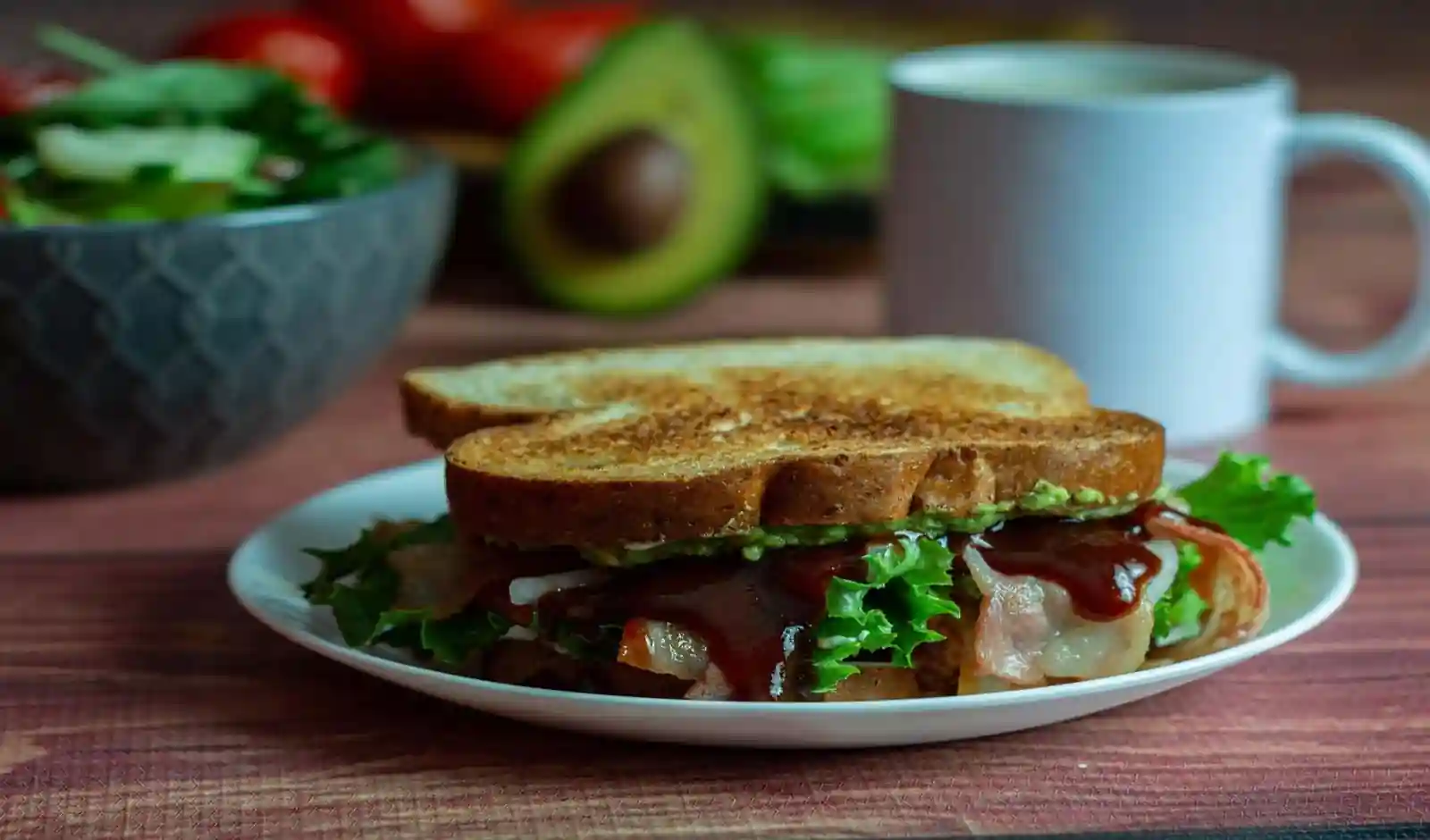
Snacks and bites allow restaurants to be more agile, creative, and responsive to evolving consumer behaviour. Small is beautiful, less is more and that’s what the diner wants. Value is no longer based on volume; it is based on creativity with a sound foundation of classical knowledge.
Convenience and Small Plates
Snacks let restaurants provide smaller, more affordable portions. This allows customers to try different flavors without committing to a full meal.
“Couples or even single diners are no longer limited to savouring just a single dish with over 200 gms of protein but can now have 4-6 dishes with 40-50 gms of protein per dish. This allows them to experiment and try out a much wider range of dishes and also allows convenience, speed, and flexibility living up to the adage – “Less is more”,” says Prashant Issar, MD of Bellona Hospitality.
Many restaurants are creating snack-friendly menus featuring small plates.
“Quick-service restaurants and cloud kitchens are taking advantage of this trend by serving a variety of snacks that can be easily ordered and eaten on-the-go,” adds Chef Chirag Makwana, Corporate Executive Chef at Late Checkout, Chrome Asia Hospitality.
Small plates speak directly to a new kind of diner, one who values flexibility, variety, and ease of sharing. “This makes the format incredibly versatile, allowing us to cater to different consumer journeys without changing the core menu structure,” comments Shikha Nath, Culinary Director, Charcoal Concepts.
Impact on Menu Design and Offerings
Restaurants are mixing global flavors with local ingredients in their snack menus. This leads to unique and interesting fusion options.
“We at Ishaara have been practicing the small bites philosophy for our guests for quite a while now allowing our guest to enjoy more variety. Taking a cue from yesteryears, this is exactly how the royalty used to dine back in the days of yore when smaller portions were served to them allowing their table to have a lavish spread without allowing them to enter into flavour fatigue,” points Issar.
Menus are being crafted to highlight snacks as main offerings, with many restaurants dedicating certain sections to these items.
Nath shares, “At Bombay Brasserie, we lead with strong small plate categories, designed around flavour, storytelling, and discovery, giving guests a sense of India’s regional diversity, one bite at a time.”
Reshaping Dining Experiences
Snacks allow restaurants to create more engaging dining experiences by encouraging customers to share and try different options.
“The growth of snacking culture is also boosting quick-service restaurants and cloud kitchens. These businesses cater to customers who want convenient, high-quality food,” says Makwana.
The dominance of snack or small plates is transforming the dining experience into something more interactive, social, and exploratory.
Nath explains, “Guests are no longer tied to fixed meal formats. Instead, they build their own journey, discovering different regional flavours in a single sitting.”
What’s Challenging
The reliable supply and higher costs present challenges in the snack segment. This is especially true when using seasonal or local ingredients. Nath mentions that the biggest challenge is operational; ensuring speed, consistency, and quality with a larger variety of dishes. A small plate experience has to be based on a solid foundation of classical cookery otherwise it will be a loose fusion which will be quite unfortunate.
“Executing Small plates is not an easy task as they tend to be far more complex than bigger portions. Not only one has to ensure that the dish scores high on presentation, flavour, texture and experience but it also has to ensure that the diner doesn’t face Food Fatigue,” emphasizes Issar.
Business Impact
Snacks can make up a large part of a restaurant’s business, especially in urban areas where customers seek quick, affordable bites.
For Bellona Hospitality’s more casual and premium dining formats, starters and small plates comprise 35-40% of total food sales as they have become a significant part of the guest experience and revenue.
“Industry trends show that snack orders spike during festive seasons. Some restaurants even report a 30-50% increase in snack sales during these times,” notes Makwana.
Furthermore, Nath highlights that snacks & bites currently contribute close to 50% of their overall food business.
And, this is a strong reflection of how consumer behaviour has shifted towards a more fluid and exploratory style of dining, where guests prefer to order multiple dishes to share and sample.
 This article was originally published by the Restaurantindia.in. To read the full version, visit here
This article was originally published by the Restaurantindia.in. To read the full version, visit here 
